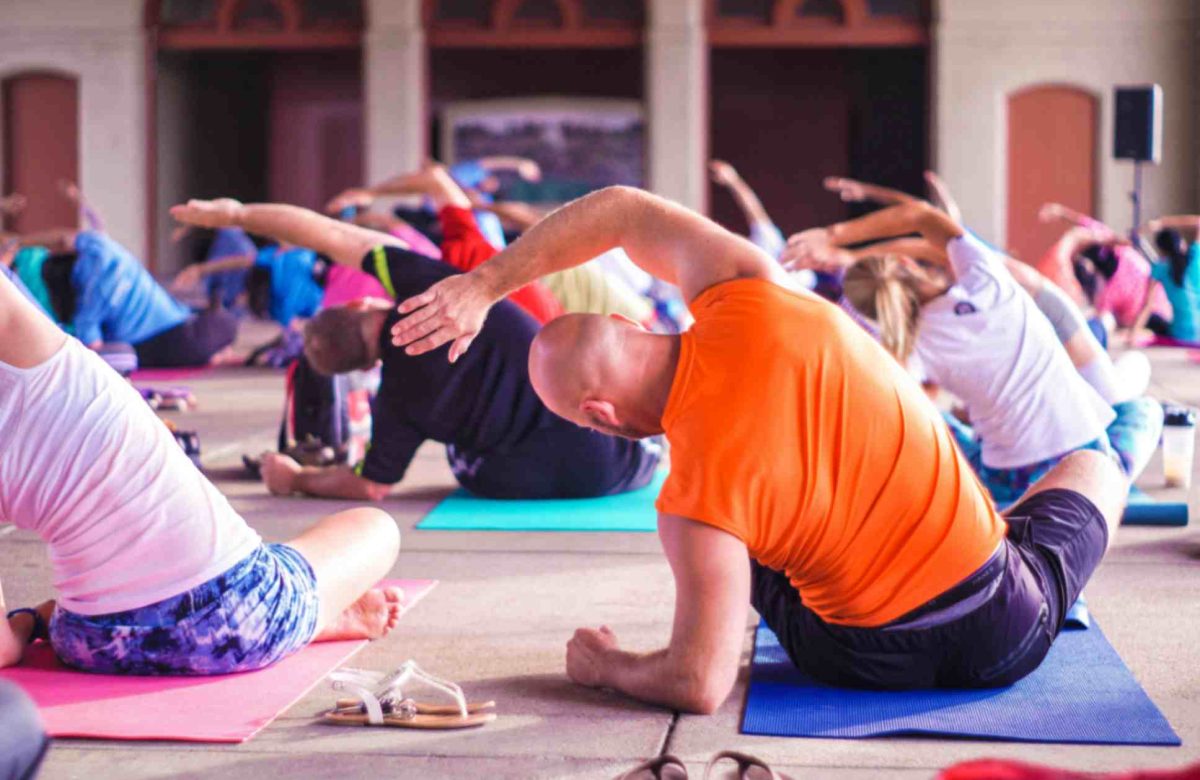How to Boost Your Energy Levels with Mindful Breathing

In the hustle and bustle of modern life, finding ways to boost our energy levels with Mindful Breathing is crucial for maintaining productivity, focus, and overall well-being. While we often turn to caffeine and quick fixes, a simple yet potent technique lies within us – mindful breathing. The art of mindful breathing not only anchors us to the present moment but also provides a powerful means to rejuvenate and invigorate our bodies and minds. In this blog post, we delve into the science behind mindful breathing and explore effective techniques to harness its energy-boosting potential.
Understanding the Mind-Body Connection:
Before we dive into the world of mindful breathing, it’s important to recognize the intimate connection between our mind and body. Our breath acts as a bridge between these two realms – a bridge we can intentionally utilize to influence our physical state and mental well-being.
When we’re stressed or fatigued, our breathing tends to become shallow and rapid. This triggers the body’s “fight or flight” response, releasing stress hormones like cortisol. On the other hand, deliberate slow and deep breaths activate the body’s relaxation response, reducing stress hormones and promoting a state of calmness.
The Science of Mindful Breathing:
Mindful breathing, a core practice of mindfulness, involves paying deliberate attention to our breath without judgment. This practice has been extensively studied and scientifically validated for its positive effects on physical and mental health.
- Oxygenation: Deep, intentional breaths increase the oxygen supply to our cells and tissues, boosting energy levels and overall vitality.
- Stress Reduction: Mindful breathing triggers the parasympathetic nervous system, which counteracts the stress response and induces relaxation. This, in turn, reduces cortisol levels and promotes a sense of calm.
- Cognitive Clarity: Oxygen-rich blood flowing to the brain enhances cognitive function, including focus, concentration, and decision-making.
- Emotional Regulation: Mindful breathing helps regulate emotions by calming the amygdala, the brain’s emotional center. This can lead to improved mood and resilience.
Effective Mindful Breathing Techniques for Energy:
- Diaphragmatic Breathing (Belly Breathing): Place one hand on your chest and the other on your abdomen. Inhale deeply through your nose, letting your abdomen rise as you fill your lungs. Exhale slowly through your mouth, letting your abdomen fall. This technique engages the diaphragm, promoting relaxation and oxygenation.
- 4-7-8 Breathing: Inhale deeply through your nose for a count of 4, hold the breath for a count of 7, and exhale slowly through your mouth for a count of 8. Repeat this cycle several times. The extended exhalation triggers the relaxation response.
- Box Breathing: Inhale deeply for a count of 4, hold the breath for a count of 4, exhale slowly for a count of 4, and hold the breath for a count of 4 before repeating. This technique promotes balance and rhythm in your breath.
- Alternate Nostril Breathing: Close your right nostril with your thumb and inhale deeply through your left nostril. Close your left nostril with your ring finger and exhale through your right nostril. Inhale through your right nostril, close it, and exhale through your left nostril. Repeat this cycle several times. This technique balances energy and clears the mind.
- Morning Breathing Ritual: Start your day with a few minutes of mindful breathing. Breathe deeply and set positive intentions for the day ahead. This can help you begin your day with a sense of clarity and calmness.
Read More : How to Boost Your Energy Levels with Morning Routines
Incorporating Mindful Breathing into Your Routine:
- Morning Energizer: Begin your day with a short mindful breathing session. Set aside 5-10 minutes to practice deep breathing and set your intentions for the day.
- Midday Reviver: When you feel your energy waning, take a short break to practice mindful breathing. This can help re-energize you for the tasks ahead.
- Before Important Tasks: Engage in mindful breathing before important meetings, presentations, or tasks that require focus. It can help calm your nerves and enhance cognitive clarity.
- Pre-Sleep Relaxation: Practice mindful breathing before bedtime to unwind and prepare your body for restful sleep. Deep breaths can help release tension and promote relaxation.
- Mindful Breathing Breaks: Set reminders throughout the day to take brief mindful breathing breaks. These micro-moments of mindfulness can help you stay centered and maintain energy levels.
Creating a Mindful Breathing Sanctuary:
Designate a space where you can comfortably practice mindful breathing without distractions. Consider these tips to create a serene environment:
- Comfort: Use comfortable cushions or a chair to ensure a relaxed posture during your practice.
- Lighting: Opt for natural light or soft, calming lighting to enhance the ambiance.
- Quiet: Choose a quiet area where you won’t be disturbed by external noises.
- Aromatherapy: Incorporate calming scents like lavender or eucalyptus through essential oils or candles.
- Visualization: Enhance your experience by adding visual elements like calming artwork or plants.
Consistency and Patience:
As with any practice, consistency is key. The benefits of mindful breathing become more pronounced with regular practice. Be patient with yourself – it may take time to fully experience the energy-boosting effects. Remember, mindful breathing is a skill that can be honed over time.
Read More : The Role of Mindfulness in Managing Chronic Pain
Conclusion:
Mindful breathing offers a simple yet powerful tool to elevate your energy levels and enhance your overall well-being. By intentionally tuning into your breath, you tap into the body’s innate ability to rejuvenate and recharge. Whether you’re seeking to increase productivity, reduce stress, or simply enjoy a moment of tranquility, mindful breathing is a valuable practice that empowers you to take control of your energy and vitality. Incorporate these techniques into your daily routine, and discover the transformative potential of your own breath.




